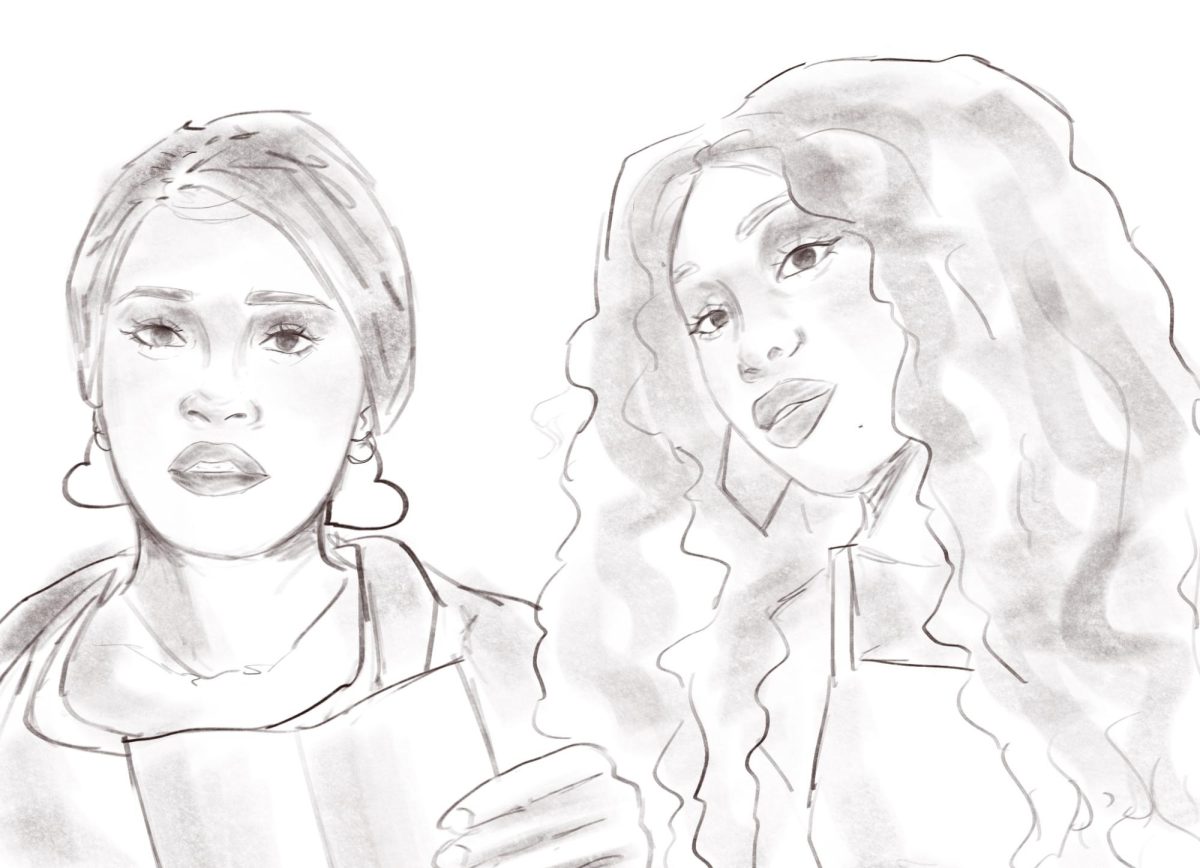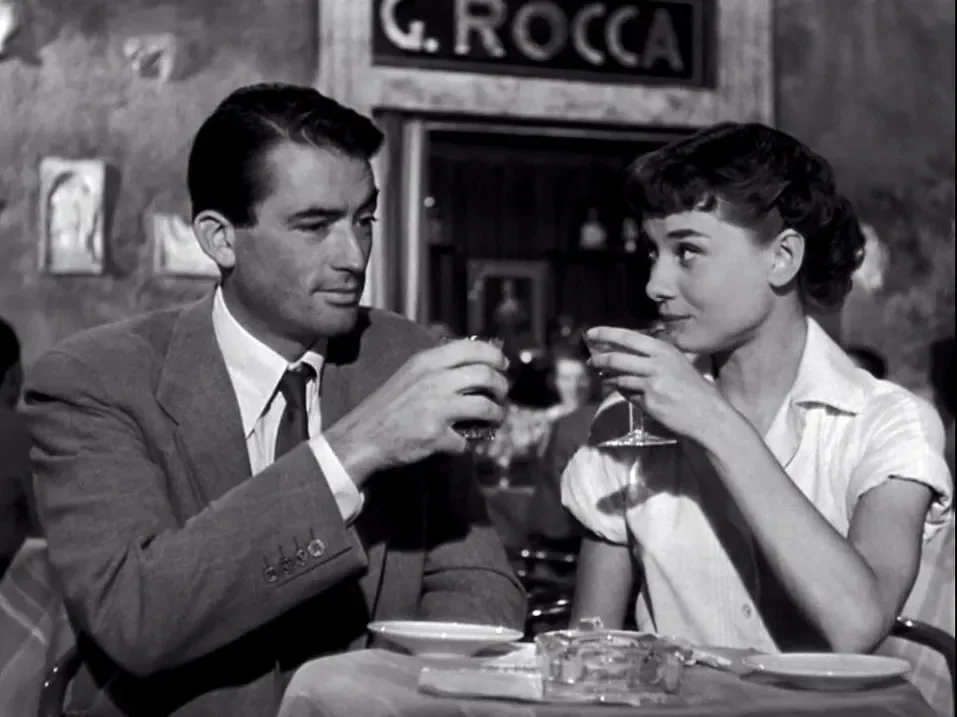Colleen Hoover’s bestselling novel It Ends With Us, published in 2016, centers around domestic violence. According to Hoover, it’s inspired by her own experiences with domestic violence growing up. It Ends With Us starts with the protagonist, Lily Bloom, who moves to Boston to open up a flower shop. She soon falls in love with the deuteragonist, Ryle Kincade, a neurosurgeon who ends up being an abusive partner. The book ventures into Lily’s past growing up in an abusive household and her journey through her own abusive relationship.
The movie adaptation of It Ends With Us, which came out in theaters on August 9th, stars Blake Lively, Justin Baldoni, and Brandon Sklenar. The movie embodies the heavy, emotional, and traumatic experience of domestic violence. However, since its release, the movie has faced criticism from the public about its accuracy, lack of real advocacy around the pain it portrays, and removal of critical portions of the original novel.
In a recent New York Times article, “What ‘It Ends With Us’ Gets Wrong (and Right) About Domestic Abuse,” Annie Aguiar states, “The big inaccuracy to professionals is how easily Bloom leaves once she realizes she is being abused. In real life, she would probably have faced stalking, harassment, and other escalating pressure tactics, including violence.”
Over the years, Hoover has been called out numerous times for glossing over heavy topics, romanticizing unhealthy relationships, and glorifying trauma bonding. It Ends With Us has been criticized for being marketed by Hoover as a romance novel. Although both the book and movie center around the heavy topic of domestic violence, a love triangle plays a very prominent role in the plot. Intermixing romance tropes with the serious issue of domestic violence is insensitive and takes away from the full impact the book could’ve had, and the awareness it could have raised. Fans believe that key parts from the book were missing from the movie adaptation, making the film seem very surface-level and rushed, and the characters difficult to connect with. Many of the cut sections showcased how domestic violence can impact a person’s life during and after their experience. Without this vital context, the meaning and struggle behind many scenes from the movie were lost on viewers. The movie also did not have a trigger warning before it started, or a domestic violence helpline number. Overall, there were very well-thought-out and scripted scenes that decently encapsulated the difficulties of leaving such situations, or what might be going through someone’s head when deciding to leave. However, Hoovers’ decision to gloss over the incredibly hard topics that she wrote about made it so that neither the book nor the movie were able to successfully convey the support and awareness it could’ve brought to domestic violence and its victims.
This article also appears in our September 2024 edition.







